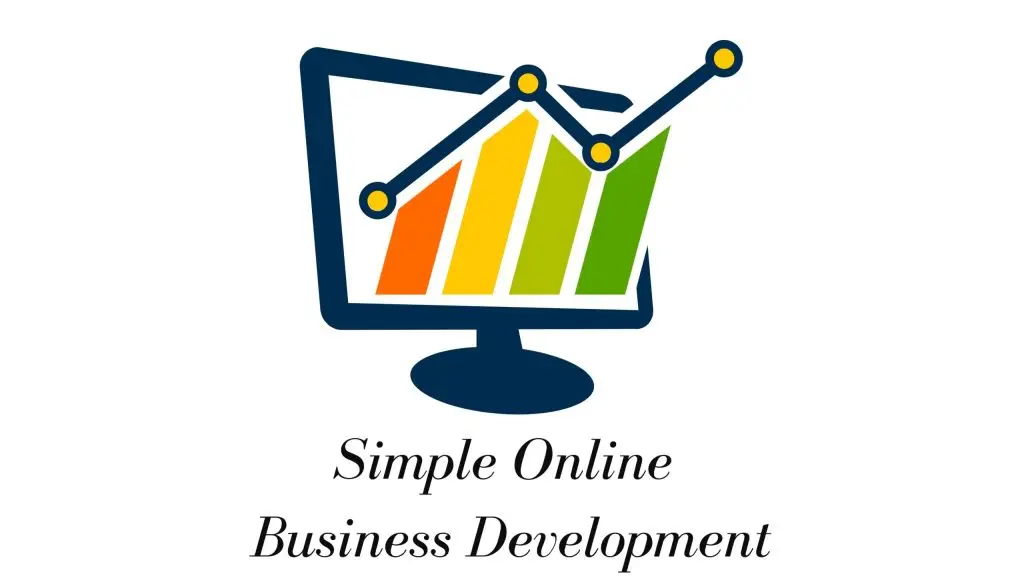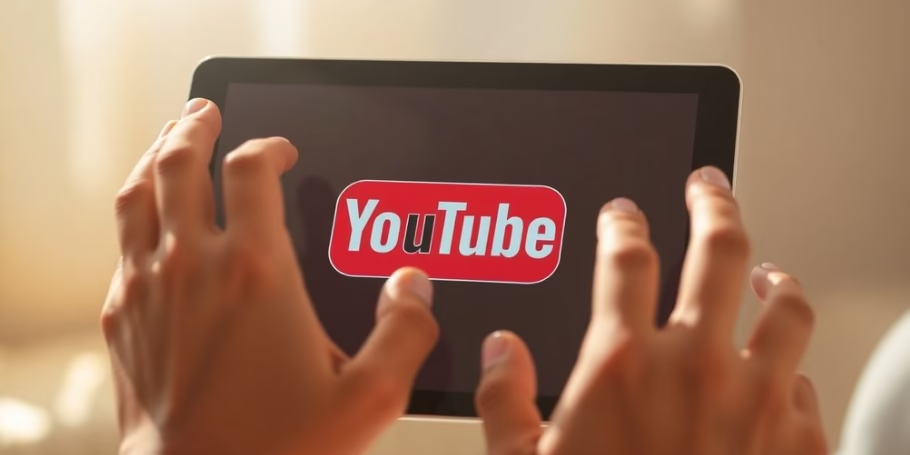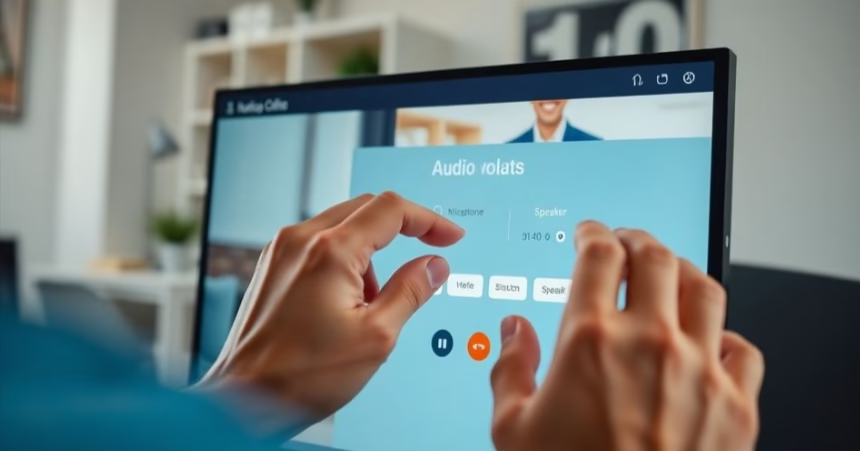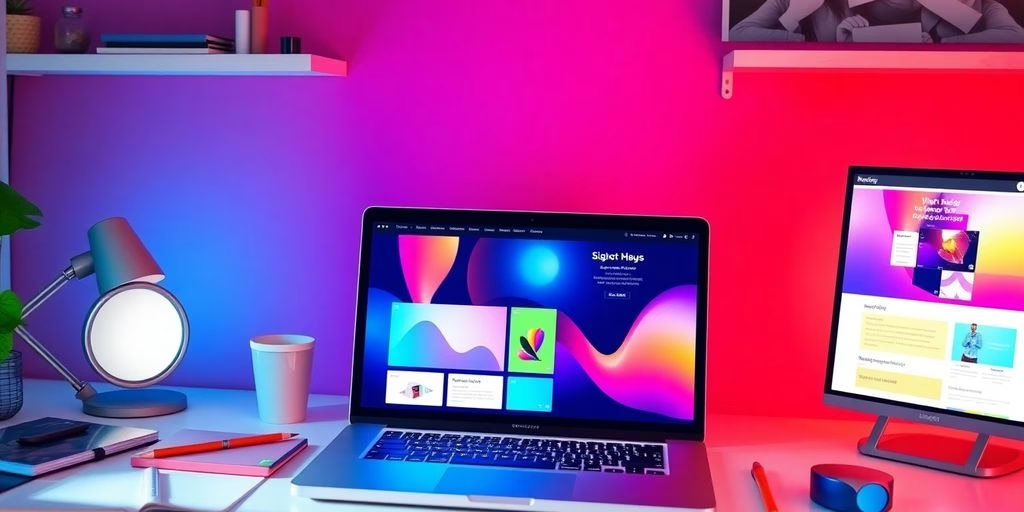Starting a new business can feel like a huge puzzle, right? There are so many pieces to fit together, from legal stuff to getting all your papers in order. Luckily, you don’t have to figure it all out by yourself. There are plenty of companies that help you start a business, making the whole process a lot smoother. This guide will walk you through some of the best services out there, so you can pick the right one to get your dream off the ground.
Key Takeaways
- Many companies offer services to help with business formation, making the startup process simpler.
- These services often handle things like registering your business, getting an EIN, and setting up legal structures.
- Comparing different providers is smart to find the best fit for your budget and specific needs.
- Some services also offer ongoing support, like registered agent services or compliance assistance.
- Picking the right company can save you time and stress when you’re trying to start a new business.
1. LegalZoom
Okay, let’s kick things off with LegalZoom. I remember when I first heard about them, it was like, "Finally, someone’s making legal stuff less scary!" And honestly, they’ve kinda lived up to that. They’ve been around for ages, and they’ve helped tons of people get their businesses off the ground.
LegalZoom is a big name in the online legal services world, and they’re often the first place people think of when they need help with business formation. They offer a bunch of different services, from helping you pick the right business structure to getting all your paperwork filed. It’s like having a legal buddy, but, you know, online.
They aren’t perfect, of course. Sometimes it feels like they’re trying to upsell you on everything under the sun, and their customer service can be a bit hit or miss. But overall, if you’re looking for a well-known and established company to guide you through the process, LegalZoom is definitely worth checking out. They can assist you in choosing a legal structure for your business, such as an LLC or corporation.
Starting a business can feel like climbing a mountain, but with the right tools and support, you can reach the summit. LegalZoom aims to be one of those tools, simplifying the legal aspects so you can focus on building your dream.
Here’s a quick rundown of what they offer:
- LLC formation
- Registered agent services
- Legal advice
- Trademark registration
2. Rocket Lawyer
Okay, so Rocket Lawyer is another big name in the online legal services game. I think of them as the middle ground – not the cheapest, but definitely not the most expensive either. They aim to give you affordable legal help without making you sell your car to pay for it.
Rocket Lawyer is a solid option if you need ongoing legal support but don’t want to hire a full-time attorney.
They’ve got a pretty extensive library of legal documents you can customize, which is super handy. Plus, they offer attorney consultations, so you can actually talk to a real lawyer when you’re stuck. It’s like having a lawyer on speed dial, but without the crazy hourly rates.
I remember when my friend Sarah was starting her online store, she used Rocket Lawyer to draft her terms and conditions. She said it saved her a ton of money compared to hiring a lawyer to do it from scratch. Plus, she felt more confident knowing she had a legally sound document.
Here’s a quick rundown of what they bring to the table:
- Legal document creation and customization
- Attorney consultations on demand
- Business formation services
- Registered agent services
Basically, if you’re looking for a balance between DIY and professional legal help, Rocket Lawyer’s services might be a good fit for your business.
3. Incfile
Incfile is another popular choice for entrepreneurs looking to get their business off the ground. They’ve built a solid reputation for providing affordable LLC formation services, especially their free option (you just pay state fees!). It’s a great way to get started without breaking the bank. I remember when my cousin used Incfile to start his online store; he was super impressed with how easy the whole process was.
Incfile’s standout feature is definitely its free LLC formation service. Sure, you’ll encounter upsells, but the core service is genuinely free. Plus, they include a year of registered agent service, which is a nice bonus. They also have different packages if you need more comprehensive support, but the basic package is often enough for many new businesses.
Starting a business can feel overwhelming, but Incfile simplifies the initial steps. Their straightforward approach and affordable pricing make them a solid option for new entrepreneurs.
Here’s a quick rundown of what you can expect:
- Free LLC Formation: Pay only the state fee.
- Registered Agent Service: Included for the first year.
- User-Friendly Platform: Easy to navigate and understand.
Incfile also offers services like EIN registration and assistance with compliance, making them a one-stop shop for many business needs. They’re definitely worth considering if you’re looking for a budget-friendly way to get your business started. Their customer support is also pretty responsive, which is always a plus when you’re dealing with legal stuff.
4. ZenBusiness

ZenBusiness is all about making the whole starting-a-business thing less of a headache. They aim to give you what you need without overwhelming you with stuff you don’t. Think of them as a friendly guide, not just a service. They focus on speed and simplicity, which is great if you’re eager to get going.
ZenBusiness has a good reputation for customer support, too. It’s nice to know someone’s got your back when you’re wading through all the paperwork and decisions. Plus, they offer a range of plans, so you can pick one that fits your budget and needs. They also have some pretty useful resources on their website, like guides on business startup ideas and how to choose the best legal structure for your business. It’s like they’re trying to be a one-stop shop for new entrepreneurs.
Starting a business can feel like climbing a mountain, but with the right tools and support, it’s totally doable. ZenBusiness tries to be that support, helping you navigate the tricky parts and keep your eyes on the prize.
Here’s a quick rundown of what they usually offer:
- LLC formation
- Registered agent services
- Website and domain registration
- Worry-Free Compliance service
5. Northwest Registered Agent
Okay, so Northwest Registered Agent is another popular choice, and for good reason. They’ve built a solid reputation for being reliable and straightforward. I think what really sets them apart is their focus on privacy and their commitment to not selling your data. That’s a big plus in my book. Plus, they’re known for having really great customer service.
Northwest Registered Agent is a good option if you value privacy and want a company that won’t sell your personal information. They also offer address privacy, which can be a nice perk.
Here’s a quick rundown of what makes them stand out:
- Excellent customer support
- Prioritizes data privacy
- Offers address privacy
And hey, they even have a special discount available, so that’s worth checking out too! Overall, Northwest Registered Agent is a solid pick if you’re looking for a reliable and privacy-focused partner to help you with your business formation. They can definitely help you get your business off the ground!
6. CorpNet
CorpNet has been around for a while, helping over 100,000 businesses get off the ground. They’ve got a solid reputation and plenty of experience under their belt. They handle all sorts of business formations, from S corps to nonprofits, which is pretty cool.
One thing that stands out is their focus on personalized service. They assign a dedicated business consultant to each client, which can be a huge help if you’re feeling lost in the process. Plus, they offer a 100% satisfaction guarantee, so you can feel confident that they’ll get the job done right.
Starting a business can feel overwhelming, but with CorpNet, you’re not alone. They walk you through each step, making sure you understand what’s happening and why. It’s like having a knowledgeable friend in your corner.
Here’s a quick rundown of what they can help you with:
- LLC Formation: They’ll handle all the paperwork and filings to get your LLC up and running.
- Incorporation: Whether you’re going for a C corp or an S corp, they’ve got you covered.
- Registered Agent Services: They’ll act as your registered agent, receiving important legal and tax documents on your behalf.
- Business Licenses: They can help you figure out which licenses you need and how to get them.
- Trademark Services: Protect your brand with their trademark registration services.
Getting a tax ID number is essential for most businesses, and CorpNet can assist with that too. It’s like a Social Security number for your business, and you’ll need it to hire employees, open a bank account, and pay taxes. CorpNet makes the whole process pretty straightforward, which is a big win in my book.
7. MyCorporation
MyCorporation has been around for a while, helping people get their businesses off the ground. They offer a range of services, from forming an LLC to helping with trademarks. It’s like a one-stop shop for some of the basic stuff you need when starting out. They aren’t the flashiest, but they’re reliable, which counts for a lot when you’re dealing with important legal documents.
MyCorporation’s pricing is pretty straightforward, and they have different packages to fit different needs. You can pick and choose what you need, which is nice. Plus, they’ve got a decent reputation for customer service, so if you get stuck, there’s someone to call.
Starting a business can feel like climbing a mountain, but with the right tools and support, you can reach the summit. MyCorporation aims to be one of those tools, guiding you through the initial steps with relative ease.
Here’s a quick rundown of what they can help with:
- LLC formation LLC formation
- Incorporation
- Registered agent services
- Trademark searches
Overall, MyCorporation is a solid choice if you’re looking for a no-nonsense approach to getting your business started. They might not have all the bells and whistles of some of the newer companies, but they get the job done.
8. Swyft Filings
Swyft Filings is another player in the online business formation space. They aim to make the process quick and easy, which is great if you’re looking to get your business up and running without a ton of hassle. They offer different packages to suit various needs and budgets, so you can pick what works best for you.
Swyft Filings has a solid reputation, with a 4-star rating based on a good number of reviews. That’s always a good sign, right? It suggests that many people have had positive experiences with their services.
Starting a business can feel overwhelming, but Swyft Filings tries to simplify things. They handle the paperwork and filings, so you can focus on other important aspects of getting your business off the ground.
Here’s a quick rundown of what they typically offer:
- Business formation (LLC, corporation)
- Registered agent services
- Compliance alerts
- Other helpful services like EIN acquisition
They also have good customer support, which is super important when you’re dealing with legal stuff. Customer service can really make or break the experience, especially if you’re new to all this. Overall, Swyft Filings is a solid option to consider if you want a straightforward and supportive experience.
9. BizFilings
BizFilings is another solid option for getting your business off the ground. They’ve been around for a while, and that experience shows. I mean, who doesn’t love a company that’s been a reliable partner for over a decade? It’s like having a wise old friend who knows all the shortcuts.
BizFilings keeps things pretty straightforward, which is a plus. You won’t get lost in a maze of confusing jargon or hidden fees. They offer a range of services, from basic formation to more advanced stuff like registered agent services and compliance tools. Plus, their customer support is pretty responsive, so you won’t be left hanging if you have a question. They can help you choose a legal structure for your business, such as an LLC or corporation.
10. BetterLegal
Okay, so BetterLegal is the last on our list, but definitely not the least! These guys are all about speed and simplicity. If you’re looking to get your business up and running fast, they might be your best bet. They promise a super quick turnaround, which is pretty awesome if you’re in a hurry to launch.
They focus on a streamlined process, aiming to get your LLC or corporation formed in as little time as possible.
I remember when I was starting my first business, I was so overwhelmed by all the paperwork. Something like BetterLegal would have been a lifesaver. It’s great to see companies focusing on making things easier for new entrepreneurs.
Here’s what makes them stand out:
- Fast formation times.
- Simple, straightforward pricing.
- Focus on user-friendliness.
They might not have all the bells and whistles of some of the other services, but if you value speed and a no-nonsense approach, BetterLegal is worth checking out. Plus, they can help you choose a legal structure that fits your business needs.
Wrapping Things Up
So, there you have it! Starting your own business might seem like a big deal, but with the right help, it’s totally doable. Think of these companies as your personal cheerleaders and guides, ready to help you every step of the way. It’s pretty cool to know you don’t have to figure everything out alone. With a little planning and the support of these awesome resources, you’ll be well on your way to making your business dreams a reality. Go get ’em!
Frequently Asked Questions
What are the main steps to starting a business?
Starting a business involves several important steps. First, you need to come up with a solid business idea and figure out what makes it special. Then, you’ll want to create a detailed business plan that maps out your goals and how you’ll reach them. Next, you’ll need to decide on the legal structure for your company, like if it’s a sole proprietorship or a corporation. Finally, you’ll handle things like getting the right licenses and permits, and sorting out your finances.
What kind of companies can help me start my business?
Many companies offer different services to help new businesses. Some focus on legal paperwork and setting up your company, while others might help with things like getting a registered agent or making sure you follow all the rules. The best company for you depends on what kind of help you need most, whether it’s legal advice, help with forms, or ongoing support.
Is a business plan really necessary?
Yes, a business plan is really important! It’s like a roadmap for your business. It helps you think through all the important parts, like who your customers are, what you’re selling, how you’ll make money, and what challenges you might face. Even if you don’t need it for investors, it helps you stay organized and focused.
Can I start a business without much money?
You can start a business with very little money. The key is to focus on ideas that use your existing skills or don’t require a lot of upfront costs. Think about services you can offer, or products you can create without needing a big factory. Sometimes, people even keep their regular job while slowly building their new business on the side to reduce financial risk.
What are the key legal steps for a new business?
The main legal things you need to sort out are choosing a business name, picking the right legal structure for your company (like an LLC or corporation), registering your business with the state, and getting any special licenses or permits that your type of business needs. These steps make sure your business is legal and ready to operate.
What kind of ongoing support do these companies provide after I start my business?
Many companies offer ongoing services like acting as your registered agent, which is a person or company that gets official mail for your business. They might also help with yearly reports, keeping your company records up-to-date, or making sure you stay compliant with state laws. These services can save you time and help you avoid problems down the road.







































